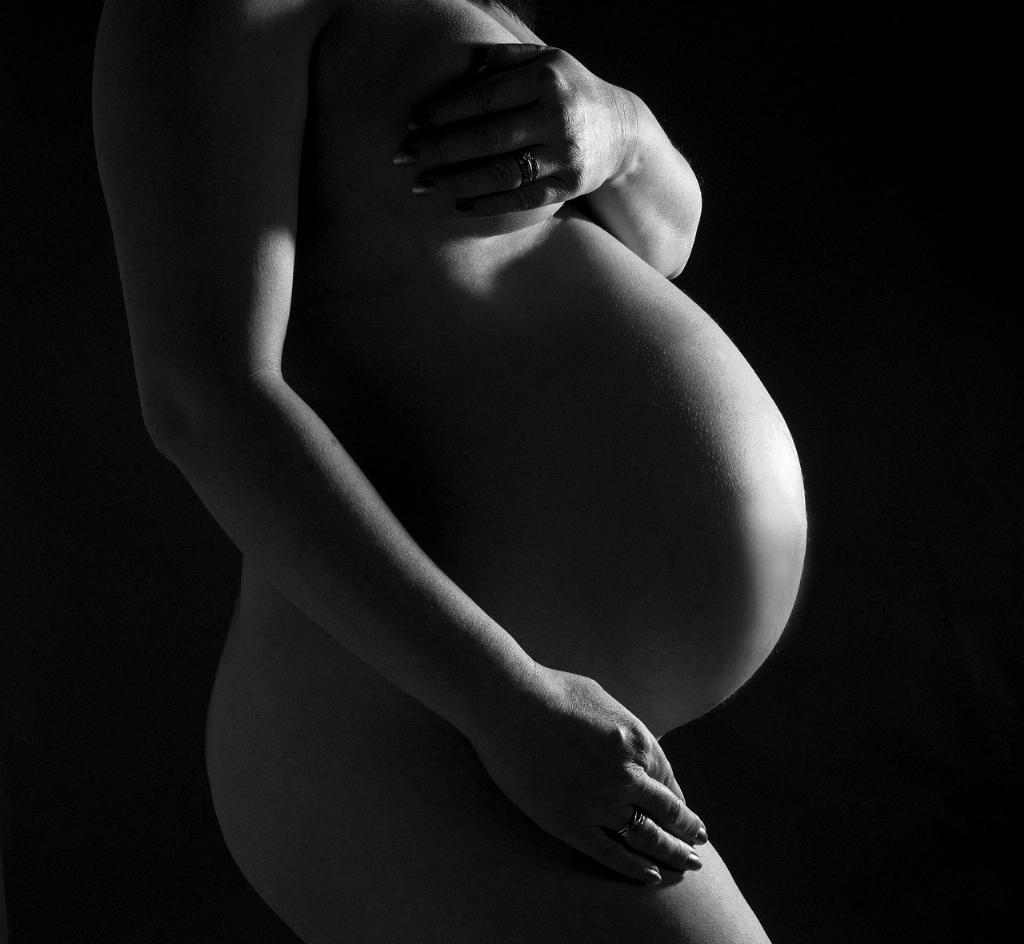When it comes to getting a piercing, one of the concerns that may arise is the development of abnormal scarring such as keloids or hypertrophic scars. Distinguishing between the two types of scars is crucial for proper diagnosis and treatment. Let’s delve deeper into the characteristics of keloids and hypertrophic scars to determine whether it is a keloid or hypertrophic scar piercing.
1. What are Keloids?
Keloids are raised, reddish-purple scars that can develop beyond the boundaries of the original wound. They are often characterized by their itchy and sometimes painful nature. Keloids can continue to grow over time and are more common in individuals with darker skin tones.
2. The Formation of Keloids
Keloids result from an overproduction of collagen during the healing process of a wound. This excessive collagen production leads to the raised and thickened appearance of keloid scars. Keloids can develop months or even years after the initial piercing or injury.
3. Characteristics of Hypertrophic Scars
In contrast to keloids, hypertrophic scars are also raised but typically remain within the boundaries of the original wound. They may appear slightly raised, have a pink-reddish color, and can be itchy as well. Unlike keloids, hypertrophic scars do not extend beyond the initial wound site.
4. Understanding Collagen Production in Hypertrophic Scarring
Hypertrophic scars are a result of excessive collagen production during the healing process. The difference lies in the fact that hypertrophic scars tend to regress over time and do not exhibit the invasive growth pattern seen in keloids. These scars usually develop within weeks of the initial injury.
5. Factors Contributing to Keloids and Hypertrophic Scars
Several factors can contribute to the formation of keloids and hypertrophic scars, including genetic predisposition, wound tension, infection, and improper aftercare of the piercing. Individuals with a history of keloids are more prone to developing them after a piercing.
6. Diagnosis and Treatment
Proper diagnosis by a healthcare professional is essential to differentiate between keloids and hypertrophic scars. Treatment options may vary and can include steroid injections, silicone gel sheets, cryotherapy, laser therapy, or surgical removal, depending on the severity of the scarring.
7. Preventive Measures
Preventing abnormal scarring in piercings involves proper wound care and hygiene. Following the aftercare instructions provided by your piercer, avoiding trauma to the piercing site, and keeping the area clean can help reduce the risk of keloid or hypertrophic scar formation.
8. Importance of Seeking Professional Advice
If you suspect that your piercing is developing a keloid or hypertrophic scar, it is essential to seek advice from a healthcare provider or dermatologist. Early intervention can help prevent further growth and discomfort associated with these types of abnormal scarring.
9. Embracing the Healing Process
It is important to remember that scars, whether keloids or hypertrophic, are a natural part of the healing process. While they may cause concern due to their appearance or symptoms, proper care and treatment can help improve their visibility and alleviate any discomfort.
10. Consulting Your Piercer
Your piercer can also provide valuable insights and recommendations on managing abnormal scarring in piercings. They may suggest changes in jewelry type or size, adjustments in piercing technique, or referral to a healthcare professional for further assessment.
11. Monitoring the Healing Progress
Regularly monitoring the healing progress of your piercing, especially in the initial stages, can help identify any early signs of abnormal scarring. Prompt action and intervention can prevent the worsening of keloids or hypertrophic scars.
12. Conclusion
In conclusion, distinguishing between keloids and hypertrophic scars in piercings is crucial for appropriate management and treatment. By understanding the characteristics, causes, and preventive measures associated with these types of scars, individuals can take proactive steps to promote optimal healing and minimize the risk of abnormal scarring development.

